AI smarts
Chromecast with Google TV
Pros
- 4K Dolby Atmos, Dolby Vision support
- Excellent price for features
- Dual casting and traditional streaming
- Works with USB-C hubs, chargers
- Google TV's AI recommendations
Cons
- No Stadia (yet)
- No 4K upscaling
Chromecast with Google TV is the first Android TV streaming device to ditch the old interface for a new, AI-enhanced one that recommends new shows from a variety of third-party apps. This new Chromecast is compatible with USB-C hubs for PoE and expandable storage, and will (eventually) work with Stadia.
More powerful
NVIDIA Shield TV
Pros
- 4K Dolby Atmos, Dolby Vision support
- Auto upscaling of non-4K tech
- Gigabit ethernet and microSD ports
- NVIDIA GeForce Now gaming
- Works with Alexa
- You can cast content to it
Cons
- Hasn't been updated to Google TV (yet)
- More expensive
Thanks to its powerful Tegra X1+ processor, the Shield TV has the power to intelligently upscale any content to 4K using AI to fill in the missing pixels. Its built-in Ethernet and microSD ports give you consistent speeds and expandable storage, and its Android TV OS lets you cast to it.
Comparing the Chromecast with Google TV vs. NVIDIA Shield TV 4K is a bit like putting a featherweight boxing champion in the ring with a heavyweight champion. Both are the best Android TV boxes for their respective prices. Chromecast with Google TV has some versatile OS and AI tricks at a bargain, while the NVIDIA Shield has game-changing upscaling tech, more physical room for its ports and processor, and even supports casting. You truly can't go wrong with either dongle, but since you're here to pick just one, we'll dive down into the details to help you decide whether to save money with Google or upgrade to NVIDIA.
Chromecast with Google TV vs. NVIDIA Shield: Streaming formats and upscaling
Whichever Android TV box you choose here, you'll have access to most advanced video and audio formats: 4K, HDR10+ and Dolby Vision for video, and Dolby Digital Plus, DTS and Dolby Atmos for audio. Only NVIDIA Shield can play DTS:X soundtracks, but given that these are mainly found on Blu-Rays, it's not clear how useful this is.
Newer TV shows are frequently filmed in higher resolutions, meaning either dongle will display them properly. If, however, you're someone that likes binging older shows shot in SD, they're going to look fairly terrible on your 4K TV. Some TV manufacturers offer automatic 4K upscaling, but anyone with a budget 4K TV should seriously consider NVIDIA Shield for its AI upscaling technology.
NVIDIA Shield is our top choice for anyone who frequently streams TV shows from the 00s or earlier.
Any TV converts 720p or 1080p content to 4K by default, but the missing pixels are filled automatically based on the nearest pixel, making the picture blurry on modern sets. NVIDIA Shield focuses on human faces, high-detail parts of the screen, or areas in focus and smartly fills the blanks so it looks like a more natural fit for 4K, although the upscaling mode drops the picture to 30 FPS. You can choose between low, medium, and high enhancement if you'd prefer minor tweaks to full-on conversion, which can sometimes be hit or miss with certain details. The Chromecast with Google TV does not have this capability.
Because NVIDIA Shield has an Android TV operating system, it has Chromecast built into its OS. That means you can cast anything from your Android devices to your TV, including lower-than-4K content. That's why we actually prefer NVIDIA to Chromecast for casting, because content we can't find on a streaming app will be automatically upscaled to 4K.
Chromecast with Google TV vs. NVIDIA Shield: Google TV vs. Android TV
How is Google TV different from Android TV? We wrote up a quick explainer on the differences, but we'll summarize the main points. Google TV is a revamped version of Android TV with a new interface. It takes all of your installed apps and generates recommendations based on Google's Knowledge Graph, so you can find personalized content in the main Google TV menu instead of searching through individual apps. You can also add your favorite shows from Netflix, Prime Video, Disney+ and so on to a general Watchlist.
Your installed apps can still be found on the main menu, if you prefer searching for yourself instead of relying on Google's algorithms. Yet it's a useful shortcut that our Chromecast with Google TV reviewer found handy. He did note that some Android TV apps couldn't be found on Google TV, but we suspect that their absence is temporary as Google focuses on transitioning the major Android TV apps first.
Google TV will arrive on Shield TV eventually with machine-learning recommended content, but it may not be anytime soon.
As for NVIDIA Shield, it runs the latest version of the Android TV operating system, which is entirely app-focused. It does have a "Play Next" section with recommended content based on your viewing habits, but major apps like Netflix and Hulu don't support it. Google TV's recommendations are based on smarter AI and are more comprehensive.
Google plans to give all Android TV boxes Google TV support at some point in 2021, which would include NVIDIA Shield TV. Yet, we've already speculated that NVIDIA won't just accept an update when it's ready, but will instead test out its new features first and work with Google to optimize it for Shield TV. That could take a while, so expect to stick with Android TV for a good while if you choose Shield TV over Chromecast.
Chromecast with Google TV vs. NVIDIA Shield: Ports, connectivity and specs
Which streaming dongle you'll prefer will depend on the other devices you own, the quality of your Wi-Fi network, and how much you'll want to shell out for accessories.
Assuming you have a great router and internet plan, both devices should be able to stream 4K or even Dolby content over Wi-Fi with 25MB/s. Otherwise, you may need an Ethernet connection for consistent performance. For the Chromecast with Google TV you can purchase this 10/100 Mbps $20 Ethernet Adapter, plug the Chromecast's USB-C power cord into it, and then run your own Ethernet cord to your router. With NVIDIA Shield, you can simply plug directly into its 1 Gbps Ethernet port.
To summarize, NVIDIA gives you faster Ethernet speeds with no adapter, but still requires a separate power source, whereas the Chromecast with Google TV and Ethernet Adapter works over PoE.
Prospective Chromecast with Google TV owners should also consider buying a USB-C hub with pass-through charging instead of a simple adapter. The right hub will include an Ethernet port, but also USB or USB-C ports for connecting flash storage to play your local files. With the NVIDIA Shield, there's a microSD card slot for directly expanding your storage, giving you more room for apps, local files, and games. We've rounded up the best microSD cards that are Shield-compatible and slot right in with no issues.
Both Android TV boxes have built-in Google Assistant for voice commands, enabled through a button on their respective remote controls. If you prefer using your own Alexa smart speakers, however, the NVIDIA Shield TV is the only device that's also Alexa-compatible. If you prefer Nest Audio speakers, though, Google is working on Nest Audio-Chromecast integration to turn your Nests into a "home theater sound system" with stereo sound that's only compatible with Chromecast with Google TV.
For any other information you need on each device's respective specs and features, we've outlined the highlights in the table below. The most important difference is that NVIDIA's Tegra X1+ CPU and 3GB of RAM (versus the Chromecast's 2GB) make it generally faster at rendering content.
| Chromecast with Google TV | NVIDIA Shield TV | |
|---|---|---|
| Size | 6.4" x 2.4" x 0.5" | 6.5" x 1.57" x 1.57" |
| Colors | Snow, Sunrise, Sky | Black |
| Remote control | Yes | Yes |
| Processor | Amlogic S905X3 SoC (quad-core) 2GB RAM |
NVIDIA Tegra X1+ (quad-core) 3GB RAM |
| Video formats | 4K, HDR10, HDR10+, Dolby Vision at 60FPS | 4K, HDR, HDR10, Dolby Vision at 60 FPS |
| Audio formats | DTS, Dolby Digital (Plus), Dolby Atmos | DTS, Dolby Digital (Plus), Dolby Atmos, DTS:X |
| Ports | HDMI, USB-C | HDMI, Ethernet, microSD, Power |
| Wireless | 802.11ac (2.4 GHz / 5 GHz) | 802.11ac 2x2 MIMO (2.4 GHz / 5 GHz) |
| Ethernet | Requires adapter for PoE | Gigabit port |
| Bluetooth | Only for supporting remote control | 5.0 & LE |
| Casting | Yes | Yes |
| AI upscaling | No | Yes |
| Expandable storage | No (except via USB-C hub) | Yes (microSD) |
| Voice controls | Built-in Google Assistant | Built-in Google Assistant, Works with Alexa |
| Gaming | Stadia will be added in 2021 | Works with NVIDIA GeForce Now or Android TV apps |
| Price | $50 | $150 |
Chromecast with Google TV vs. NVIDIA Shield: Gaming tech
Streaming dongles used to just focus on, well, streaming, but now some pull double-duty as cloud gaming machines. The NVIDIA Shield TV, for instance, can stream NVIDIA GeForce Now titles, assuming you have a NVIDIA-compatible controller and a subscription to GeForce Now. If you have Android gaming apps that are Android TV-compatible, you can play those for free.
As for Chromecast with Google TV, you can't officially play any games on it at the moment. Google plans on adding Stadia support sometime in 2021, but we don't know when yet. There is, technically, a very long and arduous workaround for making Stadia work on Chromecast with Google TV right now, but you won't get the best performance and you'll have to make manual updates.
Even after Stadia is added, many gamers with large Steam libraries will still prefer NVIDIA GeForce Now.
Once Google does add Stadia to its newest dongle, your question will be whether you prefer Stadia or GeForce Now. Check out our GeForce Now vs. Google Stadia guide if you need more information on that front. In essence, GeForce Now lets you stream games from Steam that you already own — only charging you a monthly service fee instead of per game — but can have long loading times; Stadia charges you per month and makes you buy their games, but its load times are minimal and performance reliable.
Chromecast with Google TV vs. NVIDIA Shield: What's your budget?
We strongly recommend both the NVIDIA Shield and Chromecast with Google TV as the two Android TV boxes you should consider most strongly. Which you choose comes down to whether you're willing to pay triple the cost of a Chromecast for AI upscaling, faster menuing, GeForce Now gaming and Alexa compatibility. More shoppers will prefer saving money on the Chromecast with Google TV and getting immediate access to Google TV, instead of sticking with the outdated Android TV interface for a year or so.
AI Smarts
Chromecast with Google TV
Affordable 4K, HDR and Dolby streaming
$50 at Best Buy $50 at Walmart $50 at B&H Photo
This price for a HDR10+ and Dolby-compatible streaming dongle is rare enough, and the Chromecast with Google TV adds in casting to make this one of the most versatile devices in its price range. You'll get personalized AI recommendations for the next show to watch without having to check apps one at a time.
More powerful
NVIDIA Shield TV
AI upscaling and GeForce gaming
$150 at Amazon $150 at Best Buy $150 at Walmart
NVIDIA justifies its device's high price by making it one of the most powerful and smartest in the market. Anybody who frequently watches SD content will immediately see the difference in quality thanks to its AI upscaling. It'll be even easier to recommend the Shield TV when Google TV is added to it.

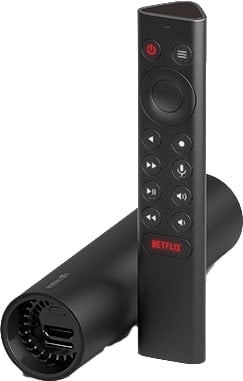
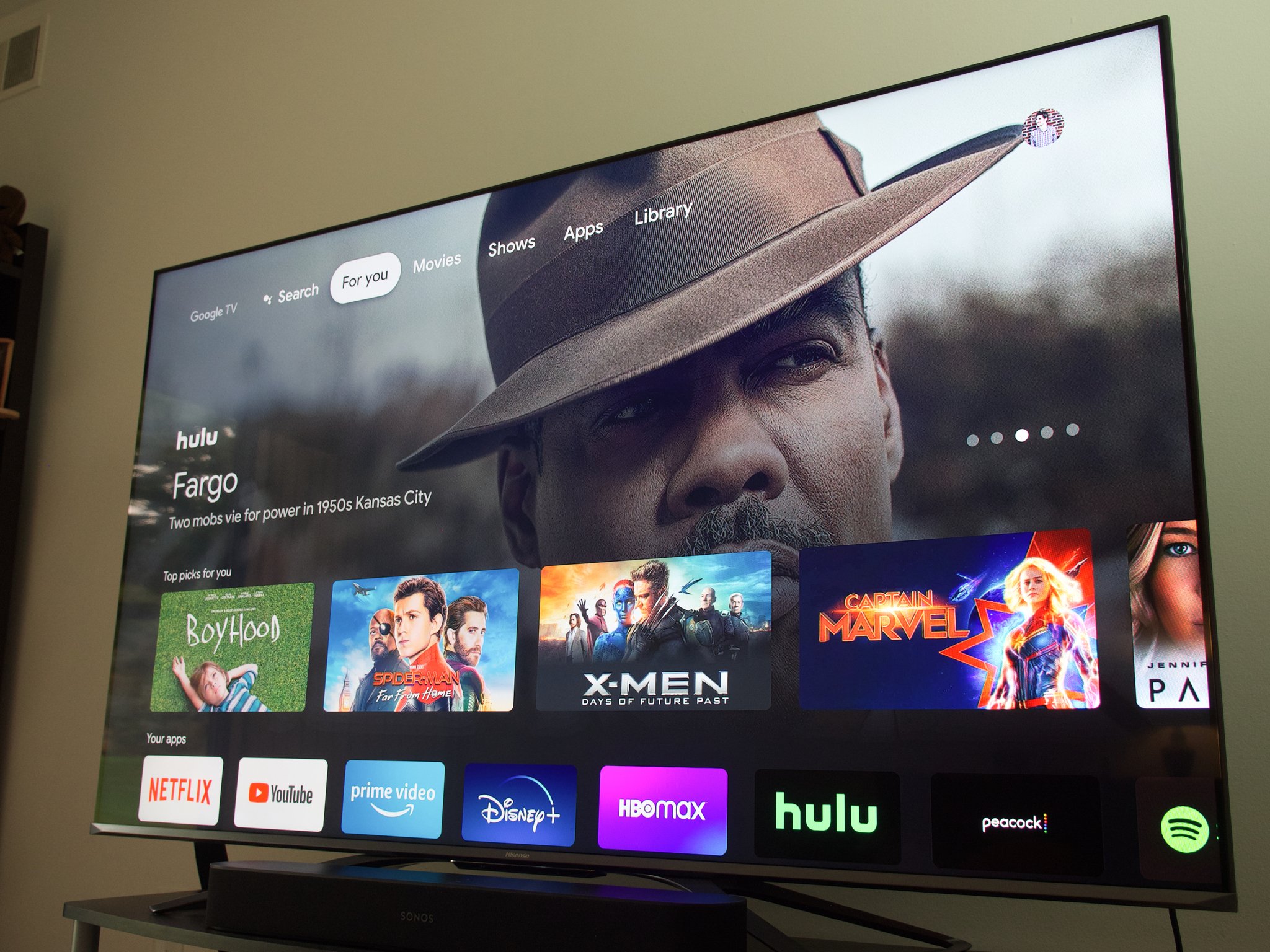
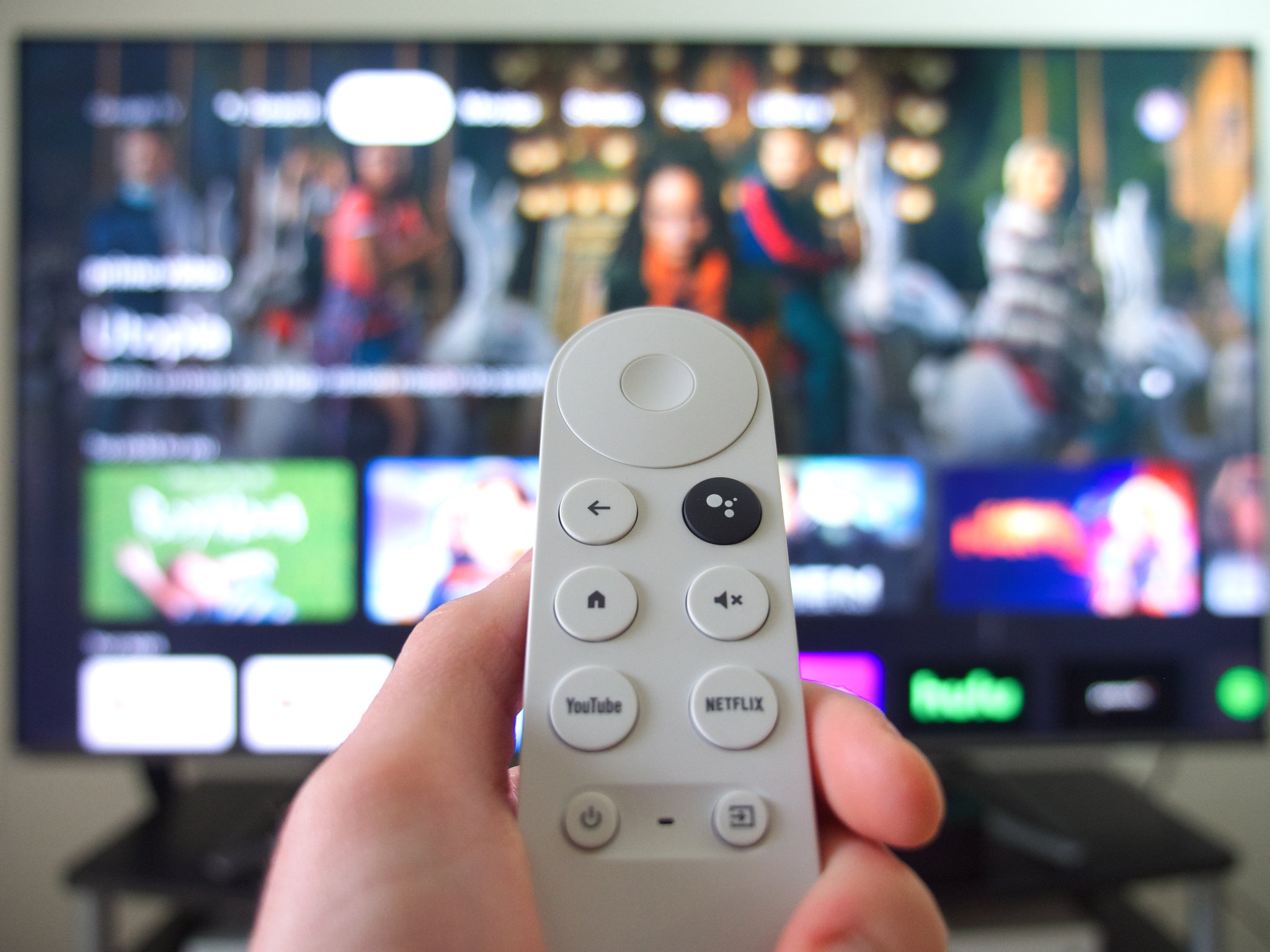
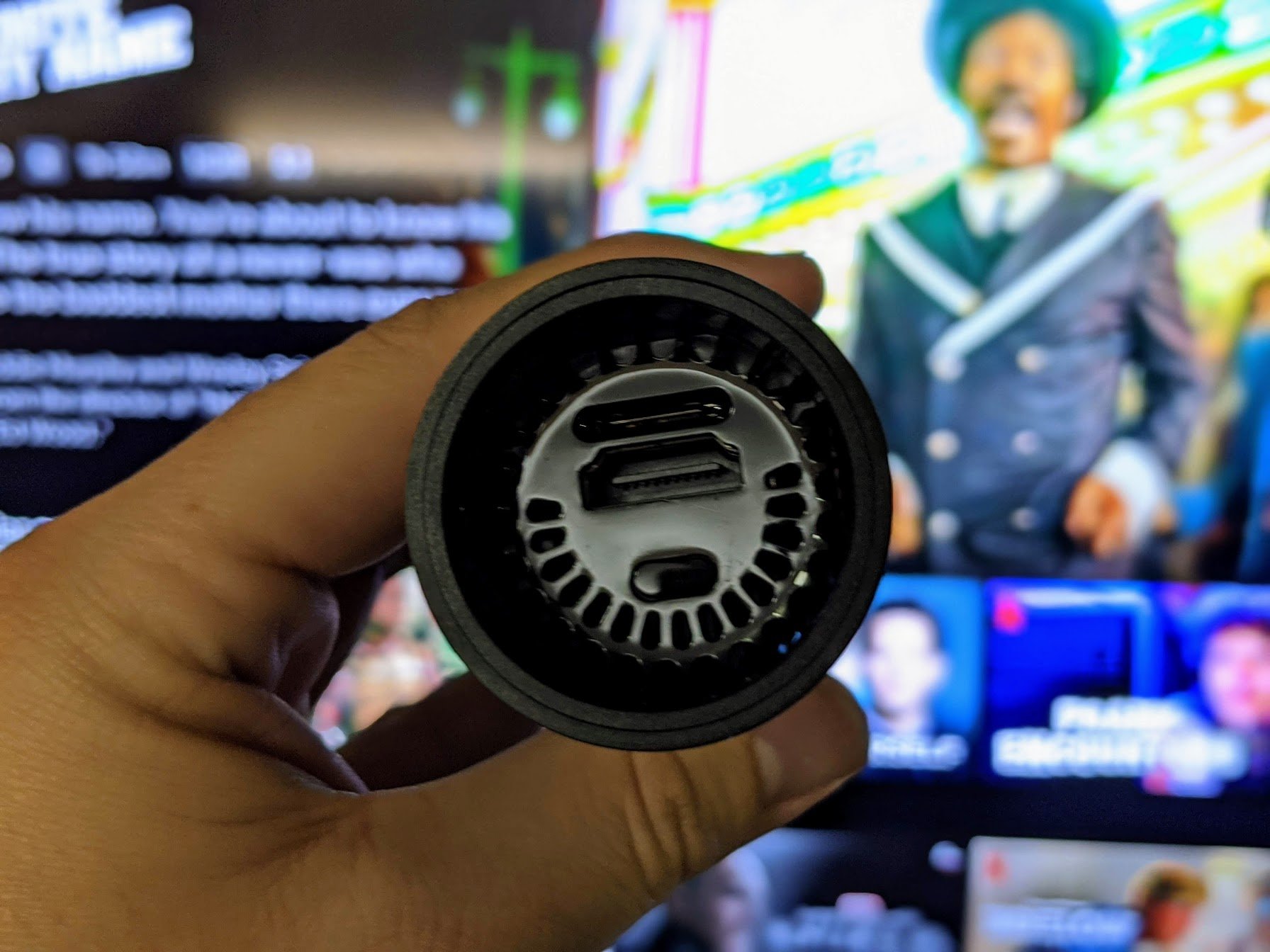
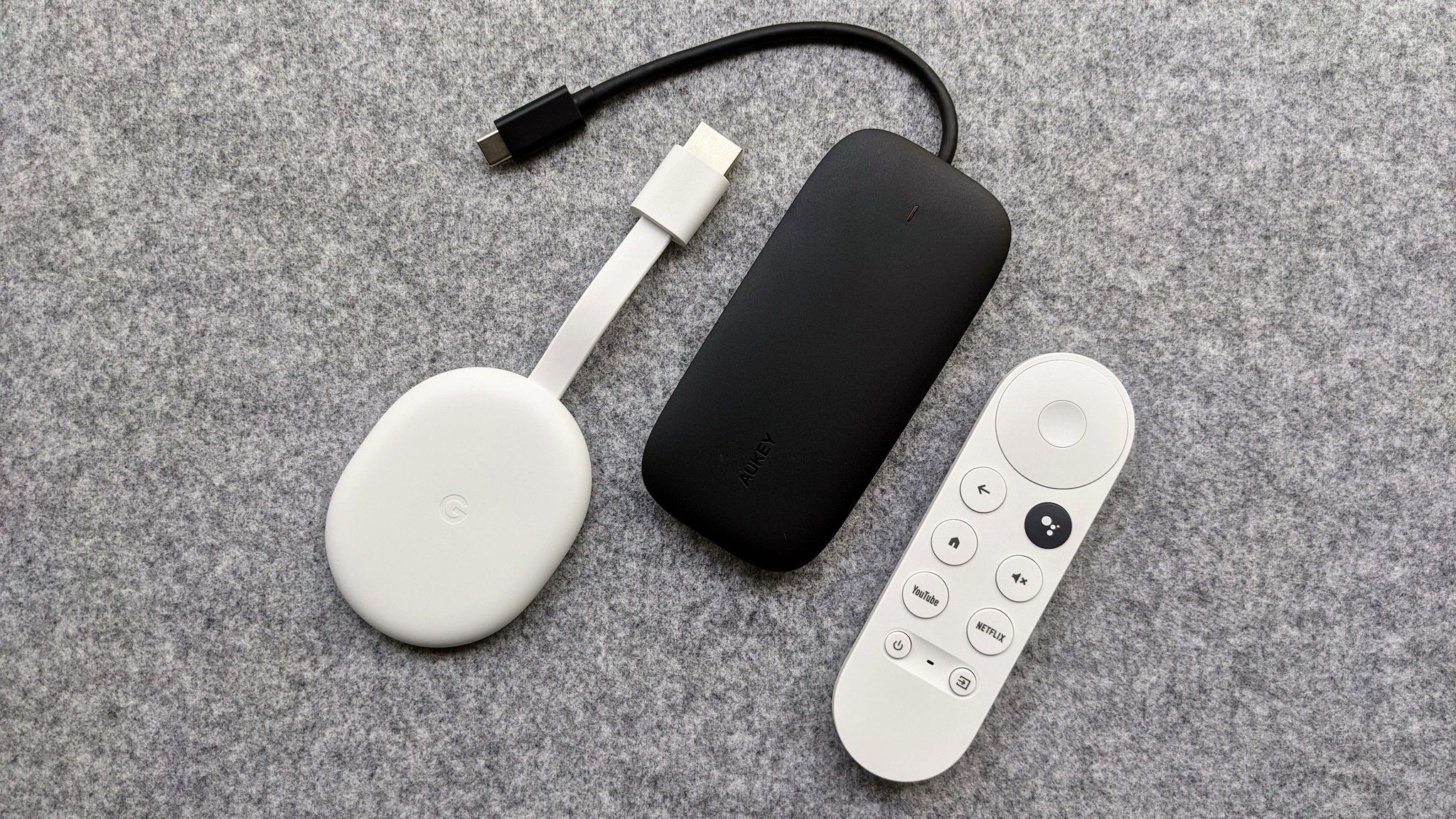
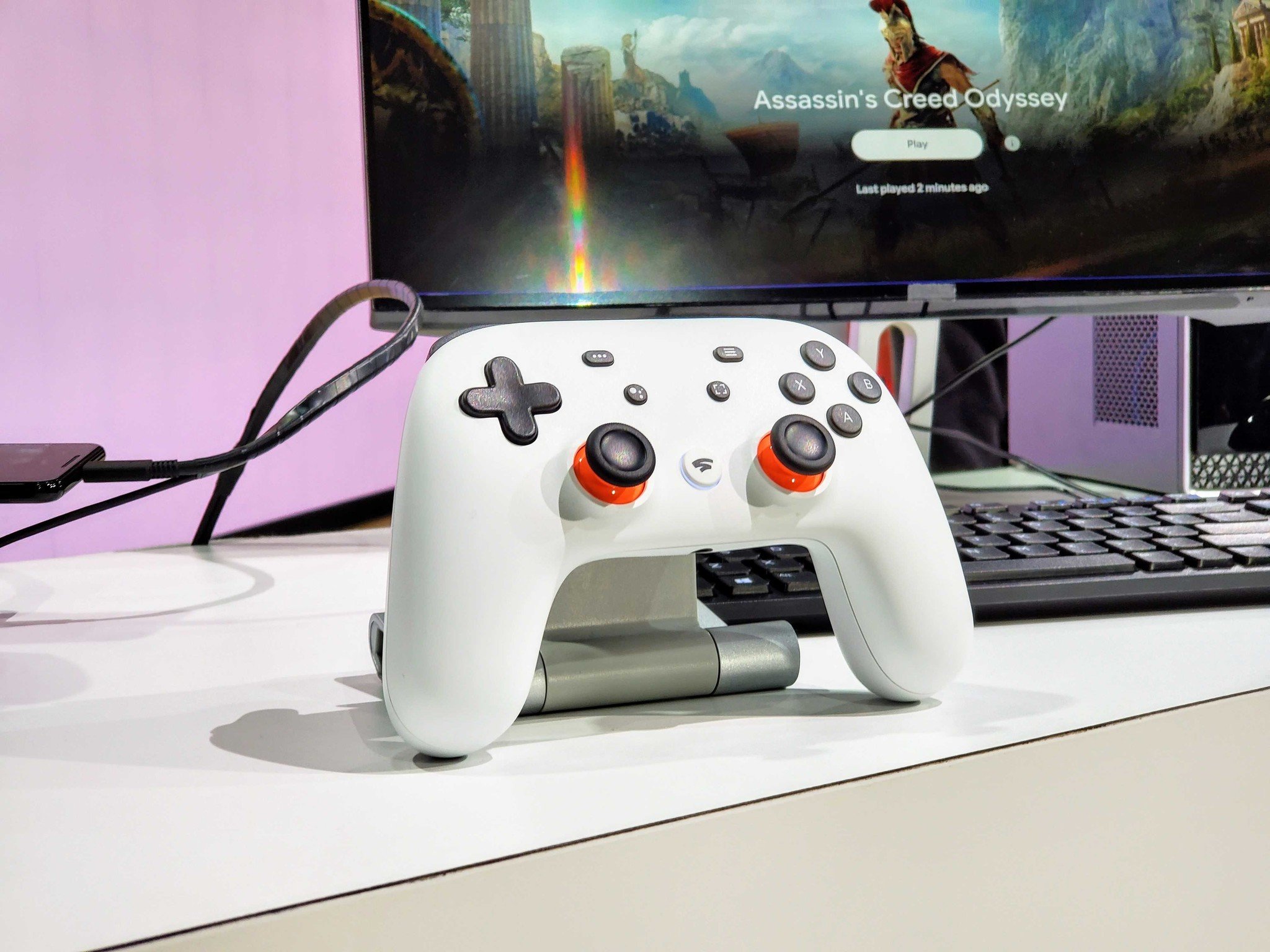
Tidak ada komentar:
Posting Komentar